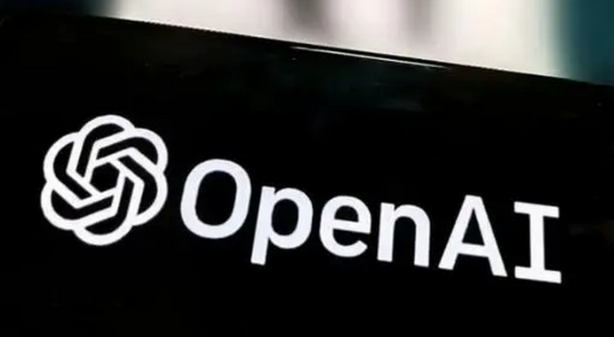At the Create 2025 AI Developer Conference in Wuhan, Baidu unveiled its groundbreaking Kunlun Super Nodes, a revolutionary leap in AI infrastructure designed to tackle the explosive demands of large language models (LLMs) and generative AI. This innovation positions China's AI tools at the forefront of global compute efficiency, offering unprecedented performance upgrades and cost savings for enterprises.
Baidu Kunlun Super Nodes: Powering the Next Era of AI Compute
Launched on 25 April 2025, Baidu's Kunlun Super Nodes represent a systemic overhaul of traditional GPU clusters. By consolidating 64 self-developed Kunlun Core 2 AI accelerators into a single rack, Baidu achieves 13x higher inference performance and 10x faster single-node training compared to previous architectures. This leap stems from replacing inter-machine communication with ultra-fast intra-node links, slashing latency and boosting bandwidth by 8x.

Technical Breakthroughs: From 7nm Chips to Hyper-Scale Clusters
The Kunlun Core 2 accelerator, built on a 7nm process, features Baidu's second-gen XPU architecture optimised for cloud-edge hybrid workloads. Each chip delivers 2-3x more TOPS (Tera Operations Per Second) than its predecessor, with compatibility across domestic CPUs like Feiteng and Kirin. The Super Node design integrates these chips via advanced interconnect protocols, enabling:
13.8TB total HBM3e memory per rack
576TB/s aggregate bandwidth
95% cost reduction for large-scale inference
Industry Impact: From Finance to Robotics
Baidu's partners, including China Merchants Bank and National Grid, report transformative results. In financial sectors, Kunlun Super Nodes power real-time fraud detection and multilingual customer service bots, cutting response latency by 60%. For robotics, Beijing Humanoid Innovation Centre credits the infrastructure for enabling its "Tiangong" robot to complete a half-marathon in 2h40m.
Media Reactions: A Game Changer for CHINA AI TOOLS
Analysts highlight Kunlun's strategic importance. Tom's Hardware notes its "direct challenge to NVIDIA's A100 dominance", while DCD praises the "end-to-end domestic ecosystem" reducing reliance on foreign tech. However, critics cite challenges in scaling beyond 10,000-card clusters, where NVLink still leads in multi-rack efficiency.
Key Takeaways
?? 13x inference performance vs. previous-gen Kunlun chips
?? Single-rack efficiency replacing 100 legacy machines
?? Deployed across 40K+ enterprises via Baidu's QiFan platform
?? 95% cost reduction for AI model deployment
?? Accelerating China's humanoid robotics and smart cities








